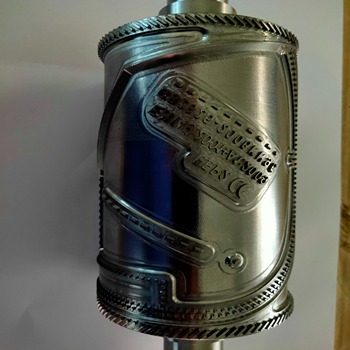Advantages of 4th Axis VMC Machining
Increased Machining Capabilities
A 4th axis VMC can perform complex machining operations that a 3-axis machine cannot. The additional rotary axis allows for multi-sided machining and the ability to access difficult-to-reach areas, which is particularly useful for parts with intricate geometries.
Reduced Setup Time
With the ability to rotate the workpiece, a 4th axis VMC machining has multiple sides or angles of a part in a single setup. This reduces the need for manual repositioning and part handling, resulting in short setup times and increased productivity.

.jpg)
.jpg)